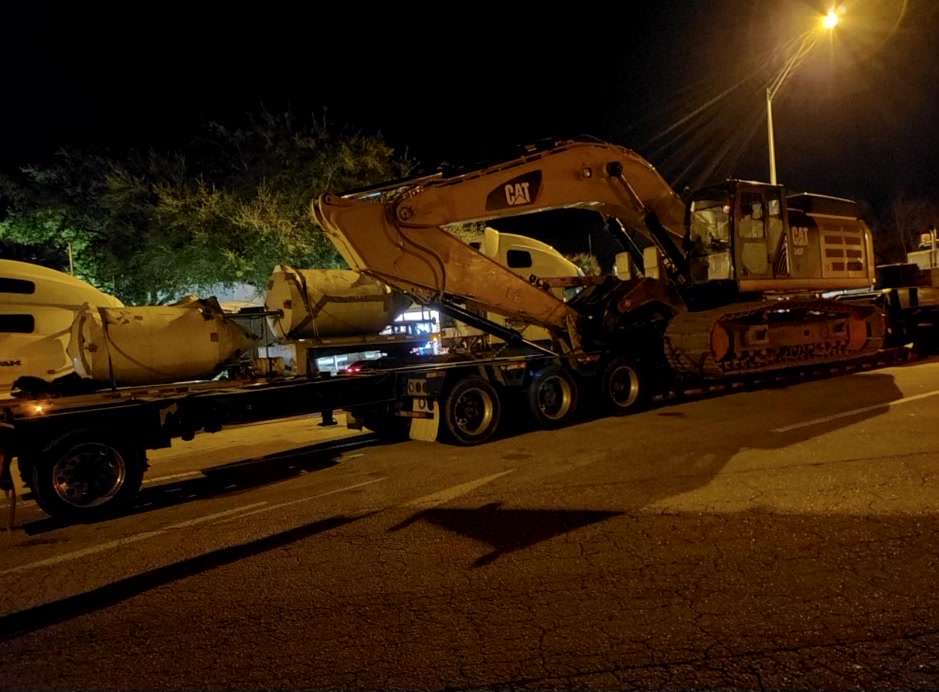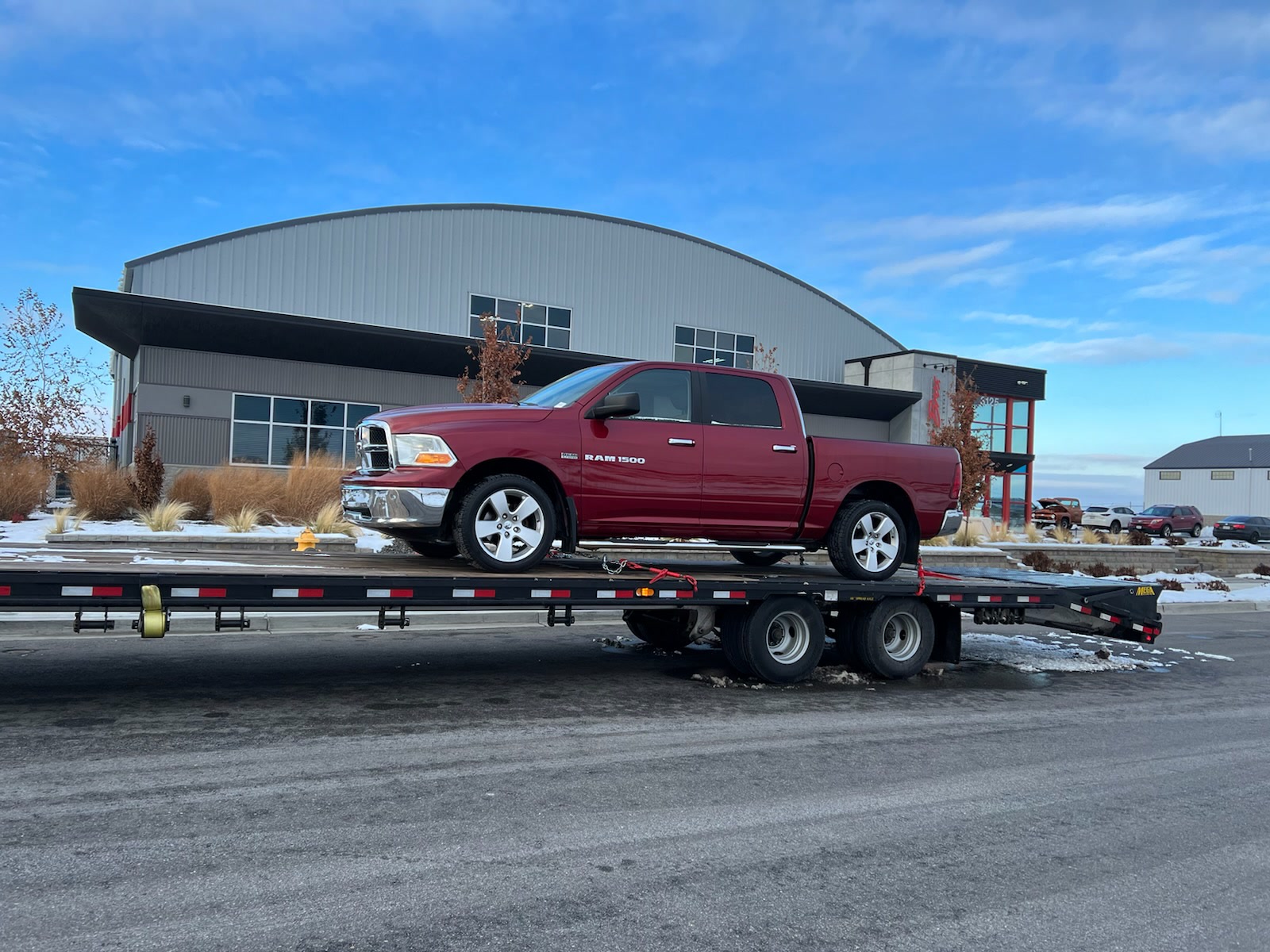California Truck Weight Limits
Freedom Heavy Haul can offer expedited Pickup and Delivery for any size shipment anywhere in the USA. Contact us today for No Hassle, No Pressure Pricing.

Truck weight limits in California are a crucial aspect of road safety and infrastructure maintenance, vital for ensuring safe and compliant heavy haul transport in California. These regulations, which are designed to balance the needs of the transportation industry with the preservation of public roads and highways, play a vital role in ensuring the safety of all road users and the longevity of transportation infrastructure.
California Truck Weight Limits
In California, truck weight regulations are set to maintain road safety and integrity. These rules are essential for preventing road damage caused by overloading and for ensuring that the transport of goods remains safe and efficient.
The Role of Weight Limits in Highway Safety
Weight limits on California highways are primarily established to prevent accidents and road wear, which is essential for heavy haul safety in California. Overloaded trucks can cause significant damage to road surfaces and structures, such as bridges, and can also lead to serious accidents due to decreased vehicle control and increased braking distances.
Overview of Compliance Norms in California
Compliance with California Truck Weight Limits is crucial for maintaining road safety and preventing infrastructure damage. These norms, set by the state, dictate the maximum allowable weights for different types of trucks, ensuring that the transport of goods across California’s roads remains safe and efficient. Understanding and adhering to these weight limits is a key responsibility for truck operators and companies within the state.
Detailed Breakdown of Axle Weight Limits
California has specific regulations for the weight carried on truck axles, which are designed to distribute the vehicle’s load and protect road surfaces, ensuring compliant heavy haul transport across the state.

Regulations for Single Axles
The maximum gross weight on any single axle is limited to 20,000 pounds, and the weight on one end of a single axle cannot exceed 10,500 pounds. This rule is intended to prevent excessive pressure on any single point of the road surface.
Limits on Steering Axle Weights
The weight on steering axles is also regulated, with limits often determined by the tire manufacturer’s specifications. Typically, this limit does not exceed 620 pounds per lateral inch of tire width, ensuring that the front end of the truck does not exert undue pressure on the road.
Special Provisions for Different Truck Types
California recognizes the varied needs of different truck types, setting specific weight limits for vehicles such as tow trucks, where a single drive axle can have a limit of 22,500 pounds, and for mechanical distribution units, which can have up to 28,000 pounds on a single axle.
Regulations Governing Tandem Axles
The California Truck Weight Limits also include specific regulations for tandem axles. Tandem axles, which involve two axles located close to each other, have a distinct set of weight limits that help distribute the truck’s load more evenly. This setup is particularly important for maintaining road integrity and safety in California, where road conditions can vary significantly.
Specific Limits for Tandem Axles
The weight limit for tandem axles is set at 34,000 pounds. This configuration helps in distributing the vehicle’s load more evenly across a larger area of the road surface.
Role of Tandem Axles in Protecting Road Infrastructure
By distributing weight more evenly, tandem axles play a significant role in reducing the wear and tear on road surfaces, thereby prolonging their life and reducing the need for frequent repairs.
Comprehensive View of Total Vehicle Weight Limits
Under the California Truck Weight Limits, the total weight of trucks, including their cargo, is strictly regulated. The state of California enforces a maximum overall weight limit of 80,000 pounds for trucks. This limit, which encompasses the weight of the vehicle itself, its cargo, and any additional equipment, is critical for preserving the state’s road infrastructure and ensuring the safety of all road users.

Maximum Permissible Gross Weight
The maximum overall weight limit for trucks in California is 80,000 pounds. This includes the weight of the vehicle, its cargo, and any additional equipment.
Penalties for Exceeding Weight Limits
Exceeding these weight limits is considered a serious offense and can result in significant penalties, including fines and legal repercussions. In most cases, driving an overweight vehicle is classified as a misdemeanor.
Kingpin-to-Rear-Axle Length Regulations
California also regulates the length from the kingpin to the rear axle (KPRA) of trucks, which affects how weight is distributed along the vehicle.
Restrictions on KPRA Length
The KPRA length in California must not exceed 40 feet. This regulation is essential for ensuring that the weight distribution along the length of the truck is within safe limits, reducing the strain on road infrastructure.
Influence of KPRA Limits on Transportation Efficiency
While these restrictions are crucial for safety, they also impact the efficiency of transportation. Trucking companies must carefully plan their vehicle configurations and cargo loads to comply with these limits while maintaining operational efficiency.
Enforcement and Compliance Strategies
California employs various strategies to ensure compliance with its weight regulations, essential for the safety and sustainability of heavy haul transport across the state.
Methods for Ensuring Adherence to Weight Limits
Weight compliance is enforced through regular inspections at weigh stations and the use of portable weighing devices by law enforcement. Compliance checks are a routine part of trucking operations in California.
Implications of Non-Compliance and Overweight Violations
Non-compliance with weight limits can lead to severe penalties, including fines, vehicle impoundment, and legal charges. Repeated violations can result in increased scrutiny and operational restrictions for trucking companies.
Technological Integration in Weight Regulation
Technology plays a growing role in the enforcement and adherence to weight regulations in California, especially in monitoring heavy haul transport.
Use of Technology in Monitoring Truck Weights

Advancements in technology, such as automated weigh-in-motion systems, are increasingly being used to monitor and enforce weight compliance, reducing the need for manual inspections and increasing efficiency.
Advancements in Vehicle Design for Weight Compliance
Truck manufacturers are also incorporating new technologies and designs to help vehicles comply with weight regulations, including improved materials and weight distribution systems.
Conclusion
California’s truck weight limits are a critical component of its efforts to maintain road safety and infrastructure integrity. Adhering to these regulations is essential for all stakeholders in the trucking industry.
Reiterating the Significance of Weight Limit Adherence
Compliance with weight limits is not only a legal requirement but also a key factor in ensuring the safety of road users and the longevity of road infrastructure in California.
Looking Ahead: Evolving Trends in Truck Weight Regulations
As technology and transportation needs evolve, so too will the regulations and methods for enforcing truck weight limits. Stakeholders must stay informed and adaptable to these changes to ensure ongoing compliance and operational efficiency.








